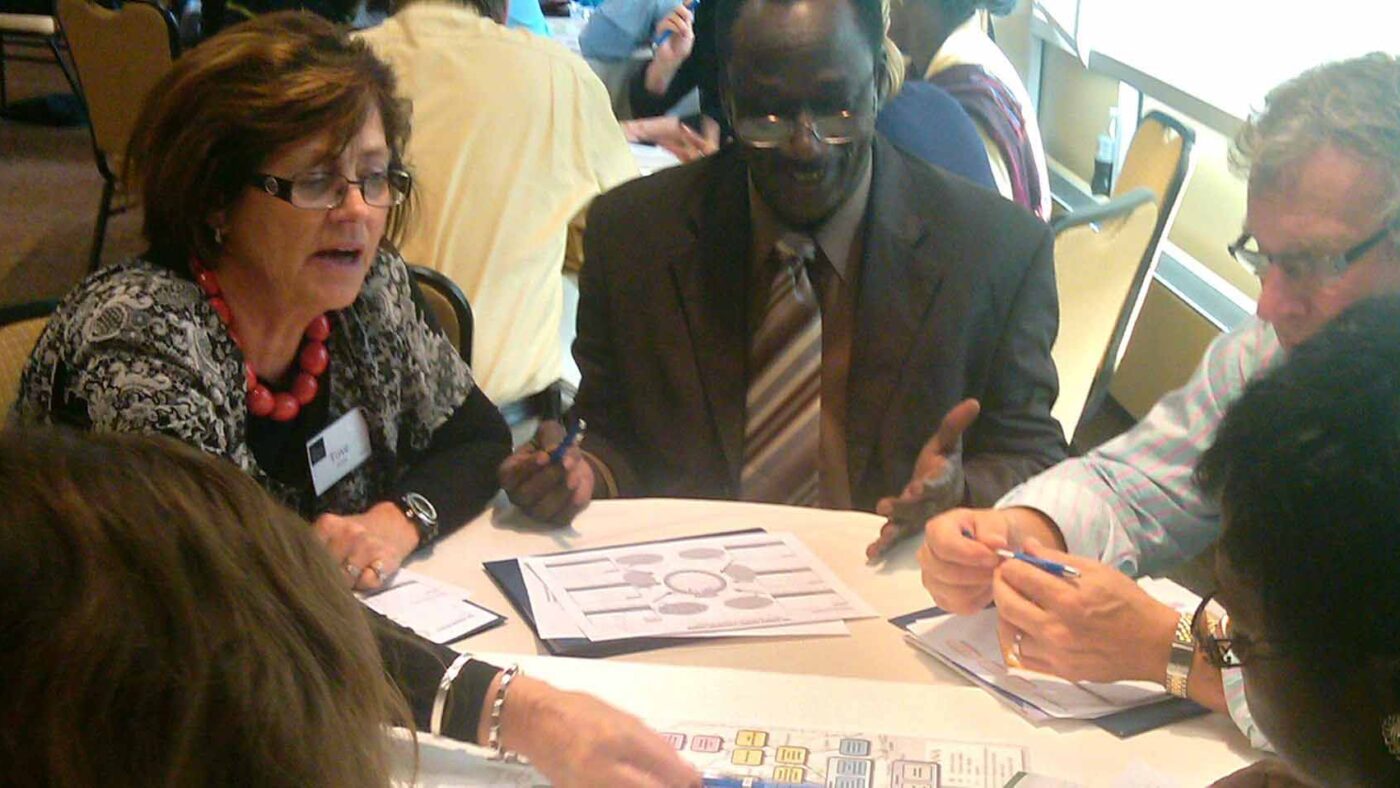
Program Planning for Injury Prevention
Injury Prevention/Control Programs and Interventions
Perhaps the most essential aspects of behavioral science are incorporated into the program planning process — planning, implementation, and evaluation.
The process takes all community perspectives into consideration. The design is based on an evidence-based theoretical approach, with public health concerns addressed appropriately and ethically.
1. Assess the problem through surveillance.
- Know your population. Conduct a needs assessment for the at-risk population. Consider common risk factors and community interest. Review or collect data on size, nature of the problem, groups at risk/affected, and their knowledge, attitudes, and behaviors.
- Conduct formative research to determine the most common causes of preventable injuries in a community. Establish a community’s attitudes and beliefs to address injury issues.
- Review available prevention programs that use education, enforcement, policy, and environmental design.
- Consider expanding current prevention strategies or supplementing existing materials.
Design a program to meet the needs of your target audience while staying within your parameters.
2. Use health education theory and science as the foundation for programs.
- Design interventions to address both behavioral and environmental determinants of injury.
- Work with existing groups to form a coalition or task force.
- Work with the community to establish a feeling of ownership and empowerment for preventing injuries and violence on their own.
- Pretest the intervention!
- Plan for program evaluation.